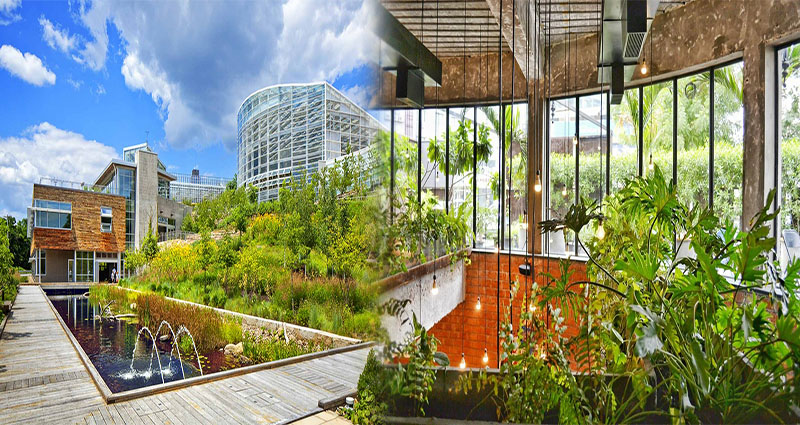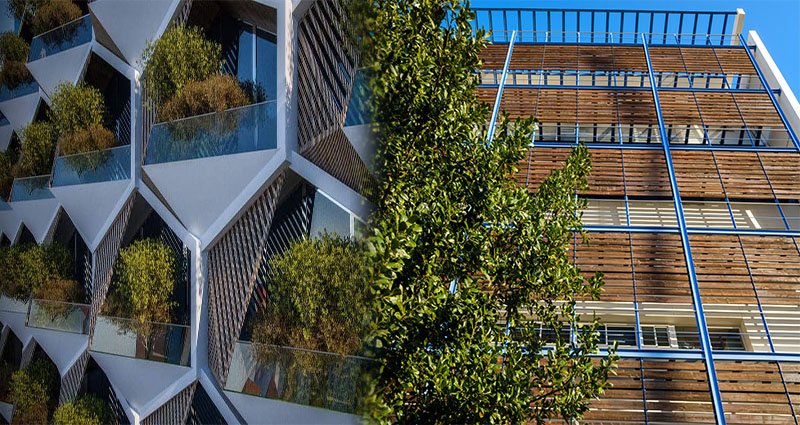Water Conservation Features in Green Building Design
Water conservation is a crucial aspect of green building design. Taking steps to reduce water usage can significantly contribute to a more sustainable future while also reducing costs associated with water treatment and delivery. In this article, we will explore some of the critical water conservation features in green building design.
1. Low-Flow Fixtures
Low-flow fixtures, such as showerheads, faucets, and toilets, can significantly reduce water consumption in buildings. The use of these fixtures ensures that water is used efficiently without compromising functionality or performance. Low-flow fixtures can reduce water usage by up to 50% compared to traditional fixtures.
2. Greywater Recycling Systems
Greywater recycling systems collect greywater from sinks, showers, and washing machines, and treat it for reuse in non-potable applications such as irrigation or toilet flushing. Implementing these systems can significantly reduce the demand for freshwater and reduce the amount of wastewater discharged to municipal systems.












